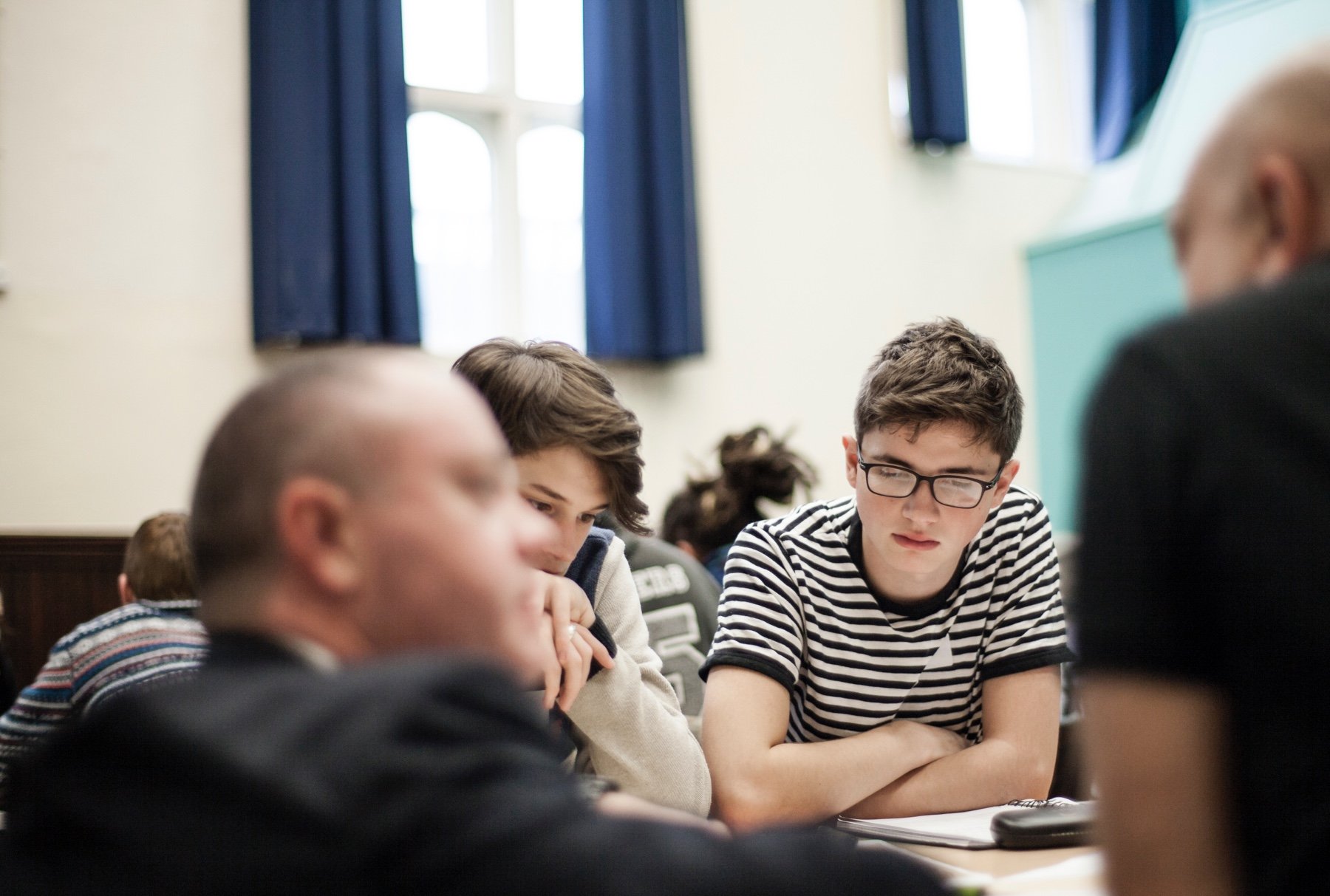CyberZink
CyberZink is a research project led by Dr Jamie Savan (now Birmingham Conservatoire, Newcastle University to 2015), exploring the potential of CAD modelling and 3D printing for organological research. The project began in July 2012 with the successful modelling and printing of three historical cornett mouthpieces (from museum collections in Munich, Paris and Vienna), based on measurements and 2D drawings by Graham Nicholson in Edward Tarr’s ‘Ein Katalog erhaltener Zinken’, Basler Jahrbuch für Historische Musikpraxis 5 (1981). These mouthpieces are very different from one another in design and radically different from the kinds of mouthpieces used by the majority of professional cornett players at the present time. The difference extends to timbre and pitch, with a variation of ±18 Hz between these three mouthpieces alone.
This preliminary work suggested that 3D printing might provide a valuable means of gathering empirical data about historical mouthpieces - and indeed historical instruments - when it would otherwise be impractical or else impossible (e.g. for conservation reasons) to play the originals.
To test the possibilities of the technology further, Savan designed a complete cornett in January 2013, based on Julian Drake’s measurements for the Christ Church cornetts, published in the Galpin Society Journal 34 (1981), but with the curved bore straightened so that the instrument could be printed in three jointed sections, in the manner of certain originals of the eighteenth and nineteenth centuries. The 3D CAD files for this project (as for the mouthpieces) were developed by Dr Guy Schofield at Newcastle’s Culture Lab digital research facility, and the prototype instrument finally printed in SLS nylon in July 2013.
This prototype model plays rather higher than A=440 (actually closer to A=454), and raises some very interesting questions about the tuning and fingering system of the original Christ Church instrument, which is one of the subjects of Savan’s current research.
It was also clear that with some simple adjustments to the CAD models (facilitated by the three-piece design), a very useful instrument could be developed at A=440, which will provide an insight into the fingering system and tuning issues of the original instrument for experienced players, and (with some further remodelling) an excellent entry-level instrument for beginners. You can order these instruments via the University web store.
What next for CyberZink?
There are endless possibilities for this technology. But here are three of the current research aims of the project:
- to make CAD models of all surviving historical cornett mouthpieces, and to make these available for research and pedagogical purposes.
- to develop a simple user interface for the CAD software that will take CyberZink as a template, to be adapted according to specific numerical data regarding bore and fingerhole dimensions and positioning. By this means it should be possible to replicate the bore of any historical cornett, thereby allowing us to learn about pitch, temperament and other playing characteristics of historical instruments which might otherwise be inaccessible for hands-on, practice-based research.
- to investigate the potential of this technology for other areas of research in applied organology. Some of the most obvious - and exciting - possibilities include (virtual) reconstruction of instruments (not just cornetts) which are damaged or survive only in part.
